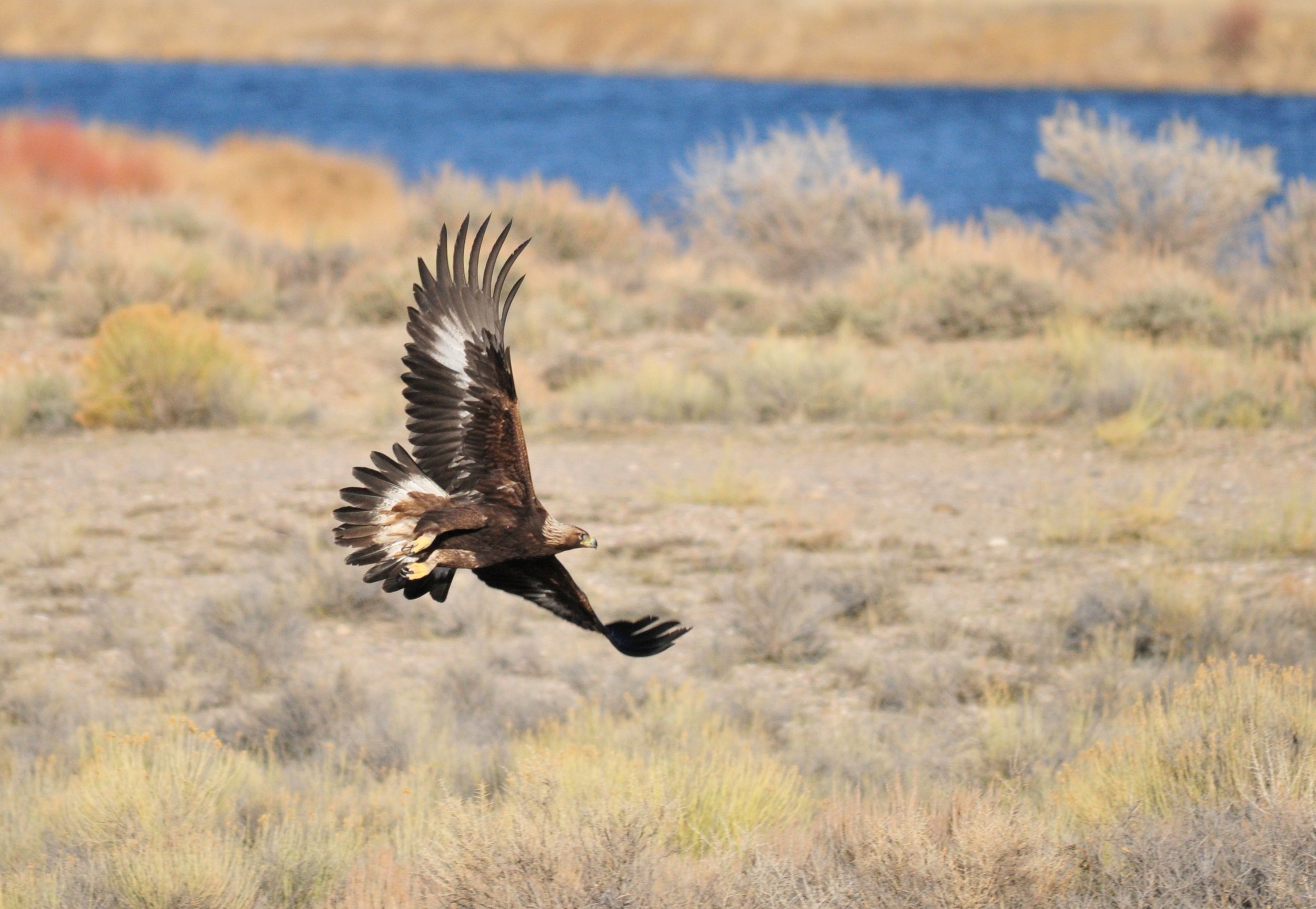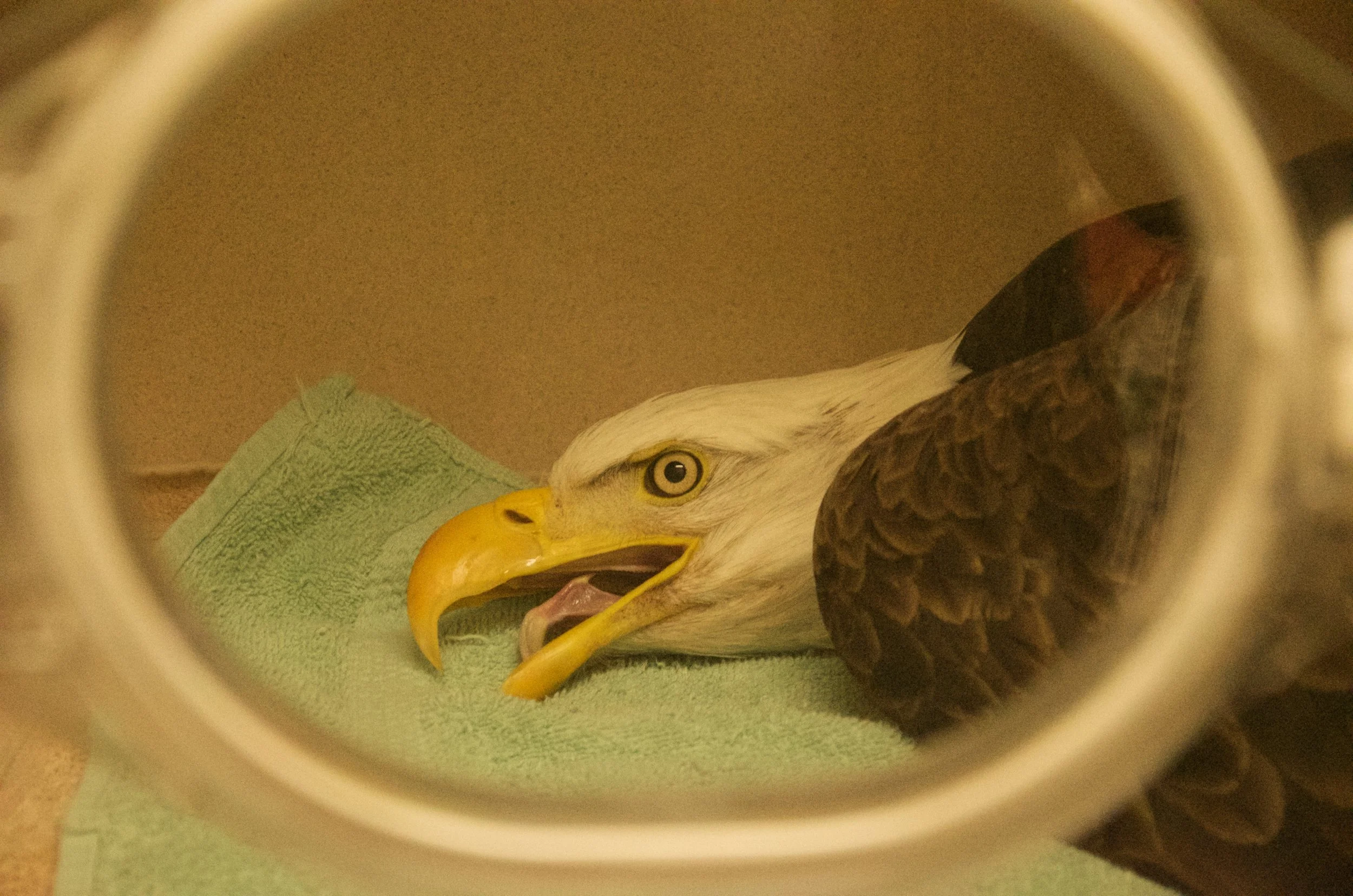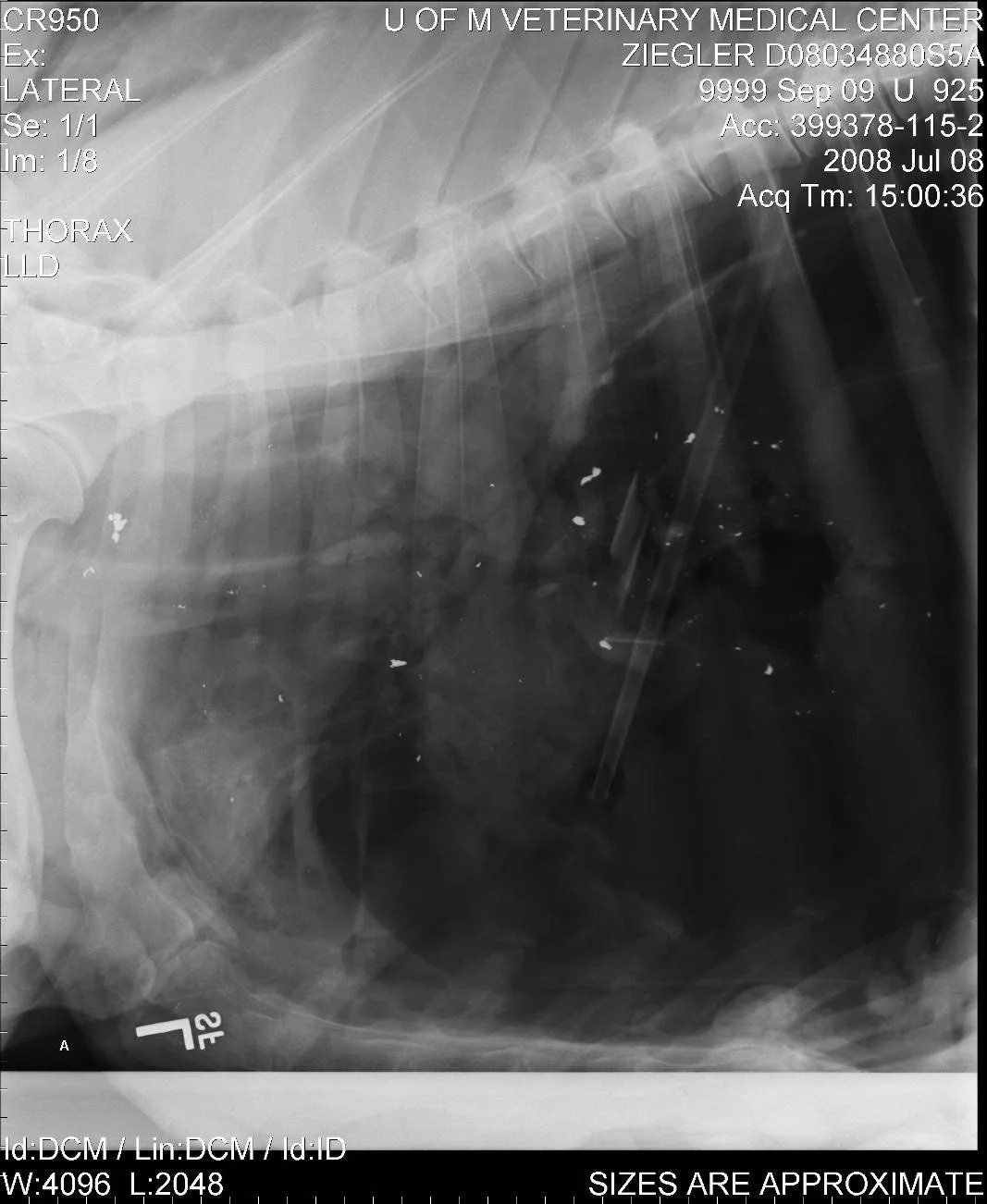
WILDLIFE & HUMAN HEALTH

WILDLIFE HEALTH - LEAD INGESTION
Overwhelming scientific data has linked lead-based ammunition and tackle to continued lead ingestion in wildlife across the globe.
Our focus is to promote education, not legislation.
We want to achieve positive change within our own sporting communities. Our goal is to increase awareness and education so that hunters can make informed decisions and avoid the top-down, regulatory approach.
Common clinical signs of lead poisoning include:
ataxia (impaired coordination)
anorexia
weight loss
muscle weakness
respiratory depression
collapse
seizure
Many raptors that arrive to rehabilitation facilities have additional injuries on top of the lead poisoning that can make treatment and survival of treatment more difficult. Lead poisoning IS treatable through Chelation therapy.

PATHWAYS TO LEAD EXPOSURE
BULLET
Lead core bullets used for hunting and pest control, can fragment into hundreds of tiny pieces upon impact.
Lead fragments are left in the gut pile or unretrieved animals which are eaten by scavengers, like eagles.
The ingested lead causes problems ranging from slowing reaction times, shutting down the digestive system, affecting eyesight, or death.
Packaged game can contain tiny lead fragments that go unnoticed as we prep, cook, and enjoy our harvest.
While an adult has little risk from occasional small lead traces, no amount of lead is safe to consume and risks can be higher for children and women who are or may become pregnant.
SHOT
Wounded Birds
It is estimated that between 10–20% of gamebirds are wounded and unretrieved and can have embedded lead pellets in their body.
Wounded birds become easier prey for eagles and other raptors. As a raptor consumes their prey, they can unintentionally eat the lead embedded in the wounded gamebird.
Grit Pickers
Many birds use grit to aid in digestion. Grit can be stones, sand, gravel, pebbles, and unfortunately, spent lead shot.
One study determined that 1,900–2,400 metric tons of lead shot is potentially deposited across North America annually from dove hunting alone (Haig et al. 2014).
Birds that ingest lead become weakened and are the first to get picked off by hawks, eagles, and owls.
Raptors can easily consume the entire lead-filled gamebird gizzard.
TACKLE
Swim Away
Fish eating birds, such as loons, herons and pelicans ingest fish whole, while eagles and osprey will tear off and swallow large parts of fish.
If you are using lead tackle and break your line on a fish, there's a chance the birds will ingest the lead tackle along with the fish, which can cause lead poisoning.
Lost Tackle
Many species of waterbirds, like swans, loons, and ducks, dive to the bottom of lakes and rivers to pick up food, and grit (sand or pebbles) which helps aid in their digestion.
Diving and dabbling birds can inadvertently pick up lost lead fishing tackle or weights while searching food or grit, resulting in lead poisoning.
HUMAN HEALTH
GAME MEAT
Harvesting wild game for food is an important part of our culture, heritage, and food system, as well as a tool for managing wildlife. However, lead bullets for hunting are designed to expand and mushroom. During this process, lead bullets can lose up to 40% of their weight as tiny fragments traveling up to 18” from the bullet’s trajectory.
These fragments end up in the gut pile and can end up in the processed game meat that we bring home to our friends, families, and neighbors.
Lead fragments can be found in 16% of ground game meat. These fragments go unnoticed as we prep, cook, and enjoy our harvest. Lead bullet fragments are too small for you to detect by sight, touch or while chewing.
While a grown adult has little risk from occasional small lead ingestion, pregnant women and children under six should never be placed in a situation where they could ingest lead particles.
Pregnant women and younger children are especially sensitive to lead exposure. Young children absorb 4–5 times as much ingested lead as adults from a given source (World Health Organization). Because the brains of infants and young children are still developing, the damage can be longer lasting.
Using lead-free ammunition is the proactive, preventive approach to avoid consuming any lead. Feel confident that the bounty you are sharing with your family and friends is lead-free.
This is for informational purposes only and does not substitute professional medical advice or consultations with healthcare professionals.
























